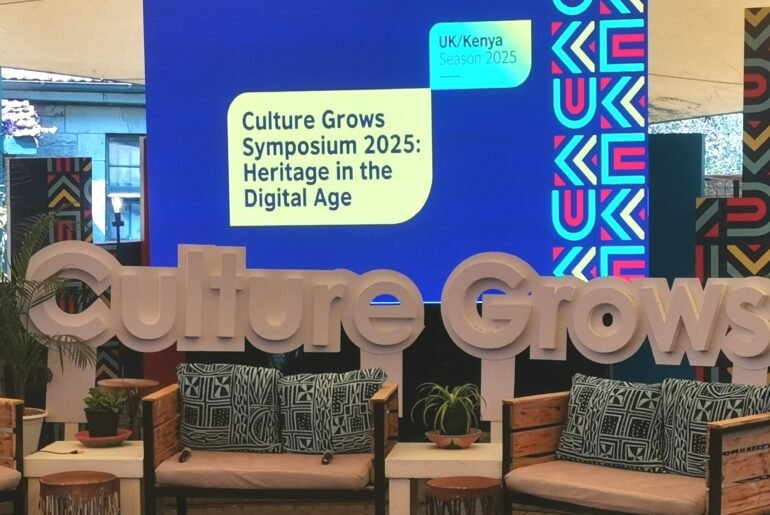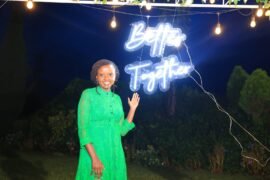Culture is the thread that weaves our past into our present and guides the path to our future. It is the stories we tell, the traditions we uphold, and the heritage we safeguard for generations yet to come. When those threads fray, so does our sense of identity. In Kiswahili, we have a saying: “Mwacha mila ni mtumwa.” Loosely translated, it means “He or she who abandons their culture becomes a slave.” These words rang deeply in my mind as I attended the Culture Grows Symposium 2025: Heritage in the Digital Age, held from 23rd to 26th July 2025 at the Nairobi National Museum. The venue itself was symbolic—a custodian of Kenya’s priceless cultural and historical treasures—making it the perfect backdrop for conversations about safeguarding our heritage in an ever-changing digital world. The event, hosted by British Council in Kenya and Twaweza Communications, brought together cultural storytellers, champions, curators, digital content creators, and respected elders.
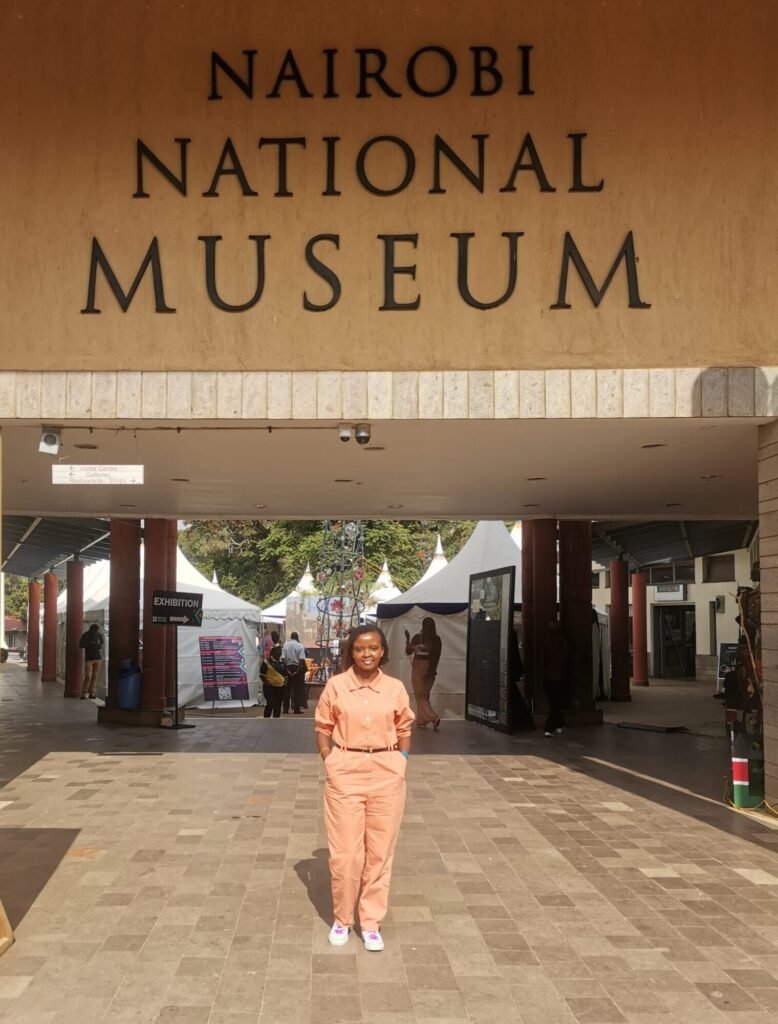
For me, this was more than a symposium. It was a soulful homecoming. As Wangechi Gitahi and through Wangechi Gitahi Travels, I have spent years championing the preservation of culture and heritage both in Kenya and globally—work that has earned us accolades such as the Eco Warrior Award, Runner-up for Best Journalist/Blogger in Promoting People, Culture, and Heritage. To sit among others equally passionate about this mission, in a setting that felt like a living museum of tradition, was a life-changing experience.
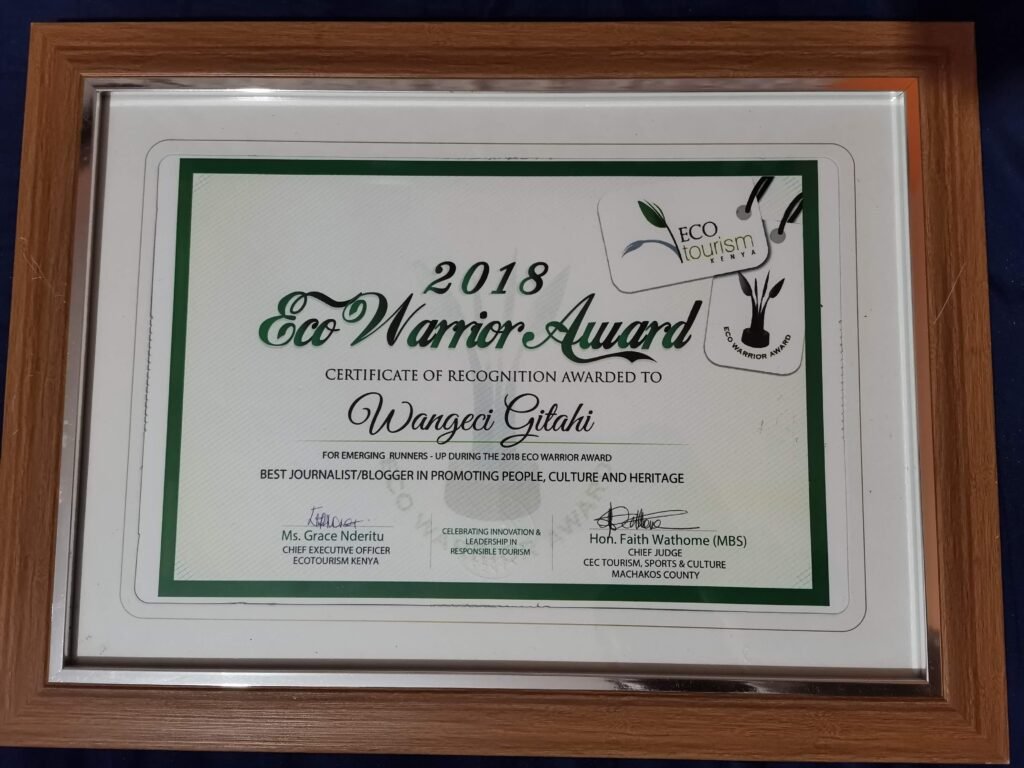
In African tradition, storytelling has always been a powerful way to pass culture from one generation to the next. Elders would gather the young ones beneath the shade of trees, sharing wisdom, culture and heritage through storytelling, music, dance and more. The organizers beautifully echoed this heritage by holding the event outdoors on the museum terraces, beneath a canopy that mirrored the traditional gathering under trees. Attendees sat on cushions arranged in a semi-circle, on the ground, facing modern-day “elders” in the form of panelists—reviving a timeless practice in a contemporary setting.

In African culture, storytelling is more than entertainment—it’s an art form, carefully nurtured and passed down through generations. It was deeply evocative when the first session of the symposium led by Dr. Caroline Mose, entrenched the cultural tradition of the familiar call-and-response “Hadithi Hadithi”, “Hadithi Njoo.” For many of us who grew up in East Africa, those simple words stir nostalgia. Whenever a story was about to begin—whether at home or in school—the storyteller would call out: “Hadithi Hadithi!” (Story, story!) And we would eagerly respond: “Hadithi Njoo!” (Let the story come!) By starting us off with this familiar call-and-response, she not only honored a cherished cultural tradition but also, brought everyone to the moment, to share the experience, inviting curiosity, focus and connection.

The discussions throughout the symposium were bold, honest, and deeply thought-provoking. No topic was off the table. We tackled fundamental questions: Why are we preserving culture? Who is it really for? Is it for ourselves, our future generations—or for external consumption? From age-old traditions like storytelling, song, and art, to modern tools like digital platforms and even Artificial Intelligence, we explored the evolving methods of safeguarding heritage. But a critical concern emerged: ownership. Who really controls the digital spaces we’re relying on? We were reminded how fragile these platforms can be—if one were to shut down tomorrow, vast archives of culture and memory could disappear with it. This sparked a strong realization: to truly protect our heritage, we must blend traditional methods with modern innovations—collaborating across generations, mediums and communities to ensure nothing is lost.
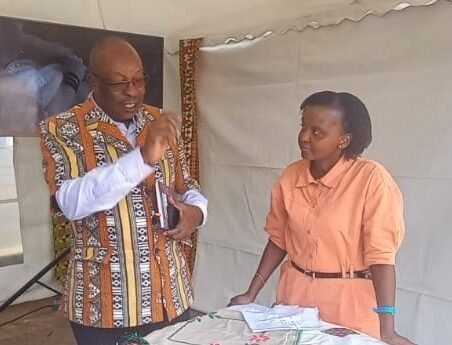
Beyond the sessions, cultural exchanges—both local and international—kept me drinking from a well of endless knowledge. A highlight was Mr. Jameel’s announcement that the culture and heritage of Kenya’s 44th tribe, the Indian community, will soon be unveiled at the museum—a moment of pure joy. I was equally fascinated by the Bajuni Cultural Heritage Project. Here, I was introduction to the little-known Bajuni community of Lamu, now high on my cultural immersion bucket list.”
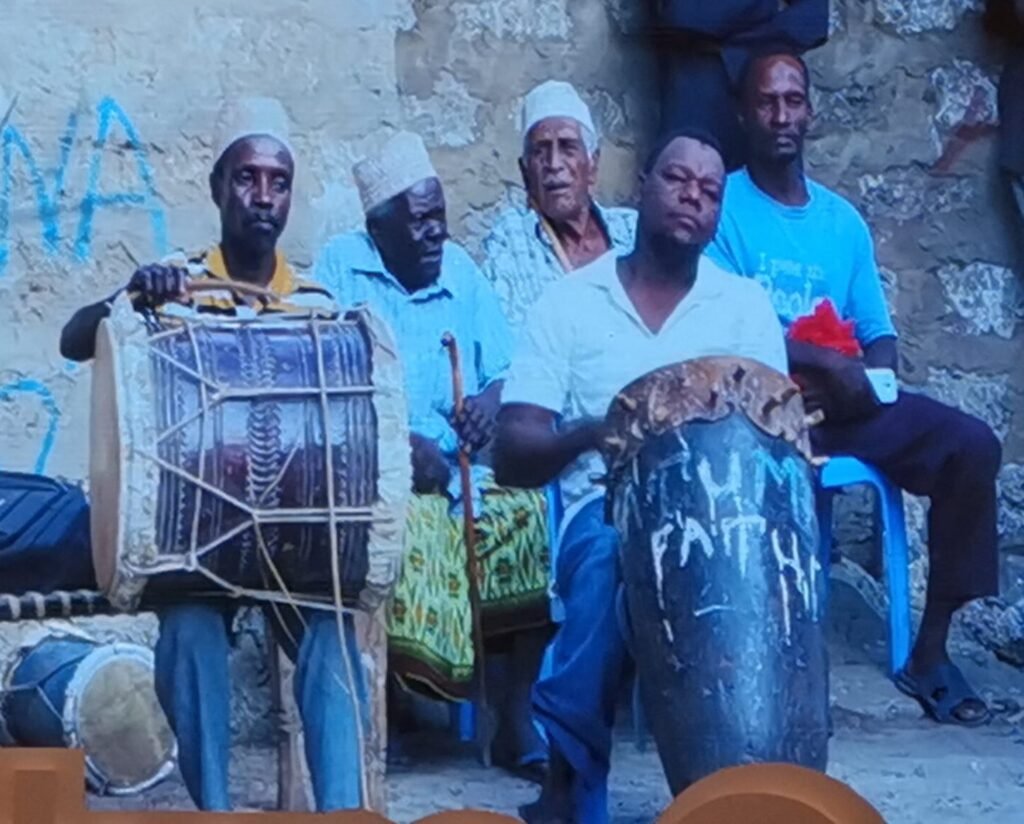
I was introduced to the Hazar community, a marginalized community in Pakistani, by Ms. Amina Ali. Learning about their culture and heritage represented by their embroidery, tapestry and jewelry was quite insightful. I am looking forward to one day exploring Pakistan and their varied cultures.
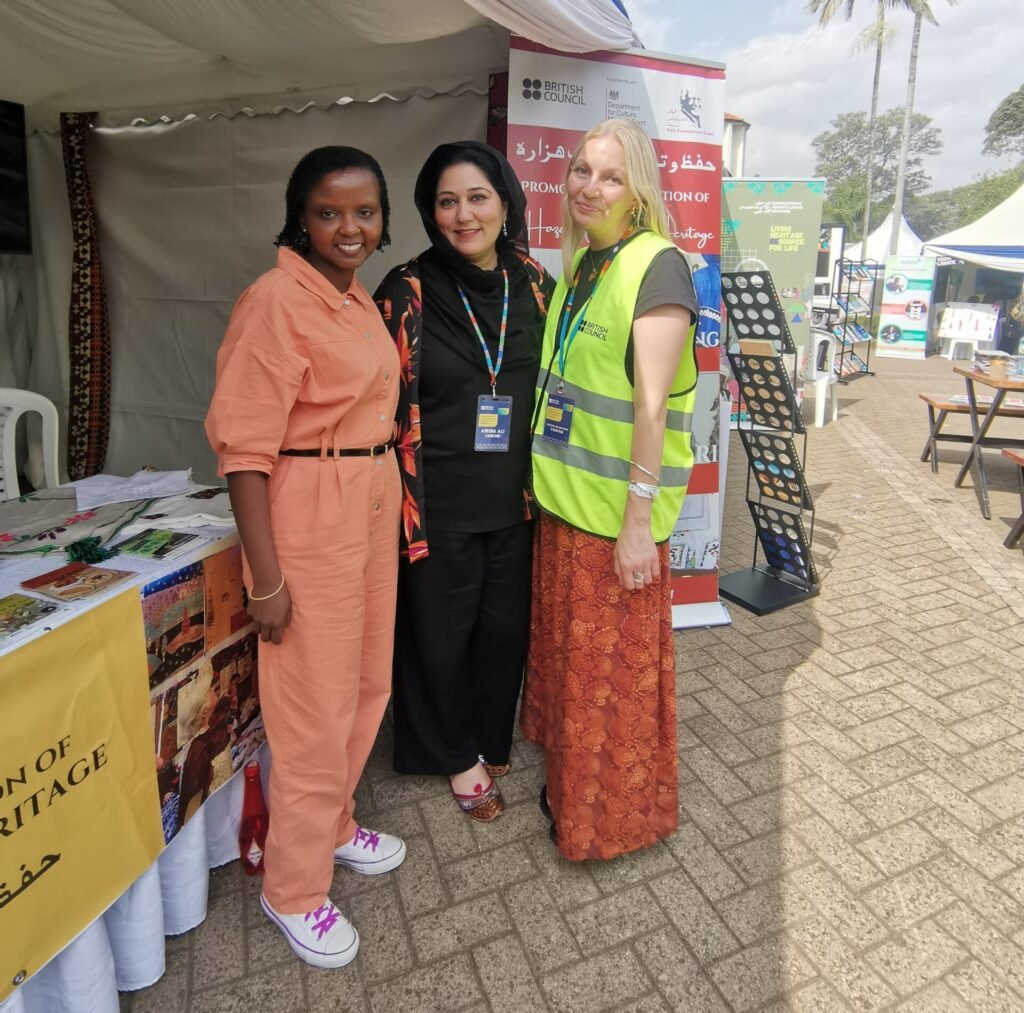
The Nepal booth was proof of the saying, “If Moses will not go to the mountain, the mountain will come to Moses.” It was a striking and emotional moment for me, because standing before me was a vivid reminder of a dream that’s long lived on my bucket list: Visiting Nepal to hike Mount Everest. Speaking with Binti Gurung, adorned in traditional Nepalese attire, instantly transported me back to my visit to Dharamshala, India several years ago. It is here that I first encountered the warmth and culture of the Nepalese community. It was also here, with the Himalayas in view, that summiting Mount Everest quietly made its way onto my bucket list. Engaging with her, looking at the pictures stirred something deep in me, a yearning to finally make the dream come true. This engagement truly felt like an answered prayer from God and thus, I hear you and I see you Mt. Everest. It is no longer an issue of if, it is now an issue of when.
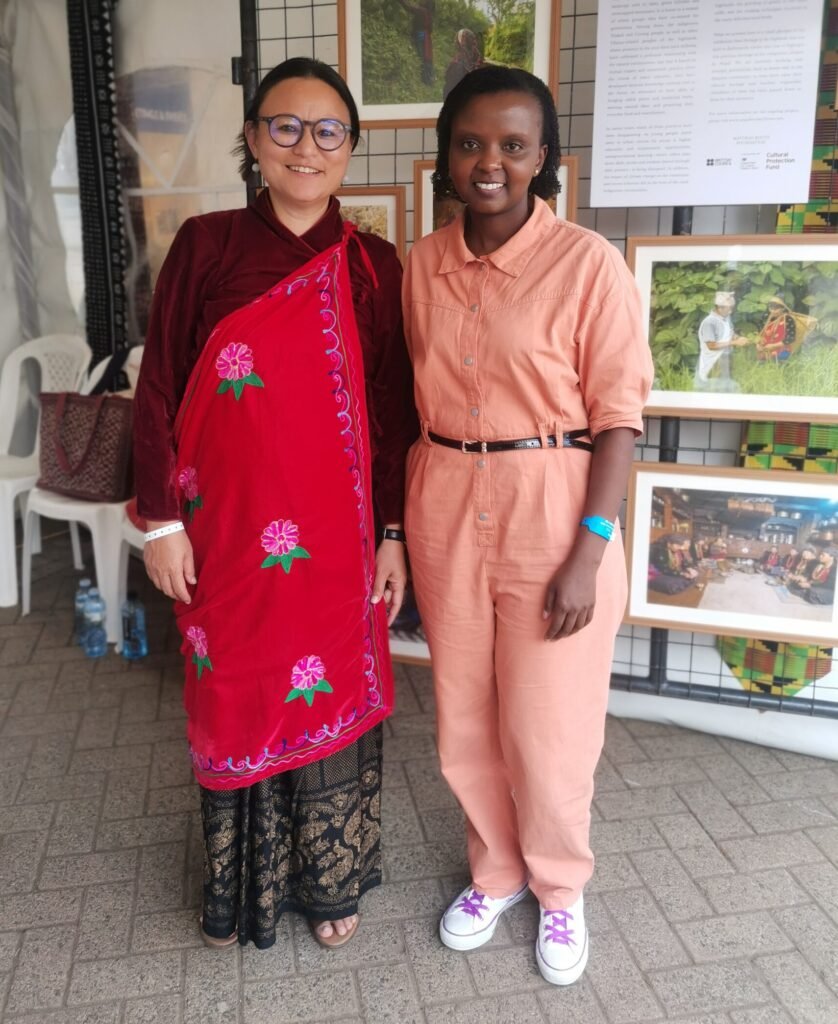
This event just kept giving and it is here that I got to physically meet Tony Mwebia—someone I’ve known and admired in digital spaces for years. “Together, we have been strong advocates for the protection of children, speaking out against Female Genital Mutilation and the harmful practice of giving children to predators-pedophiles, under the guise of ‘child marriage,’ often misrepresented as tradition.” Meeting him in person was such a joy and felt like uniting with a fellow freedom fighter—committed to safeguarding the rights of children in Kenya and beyond.
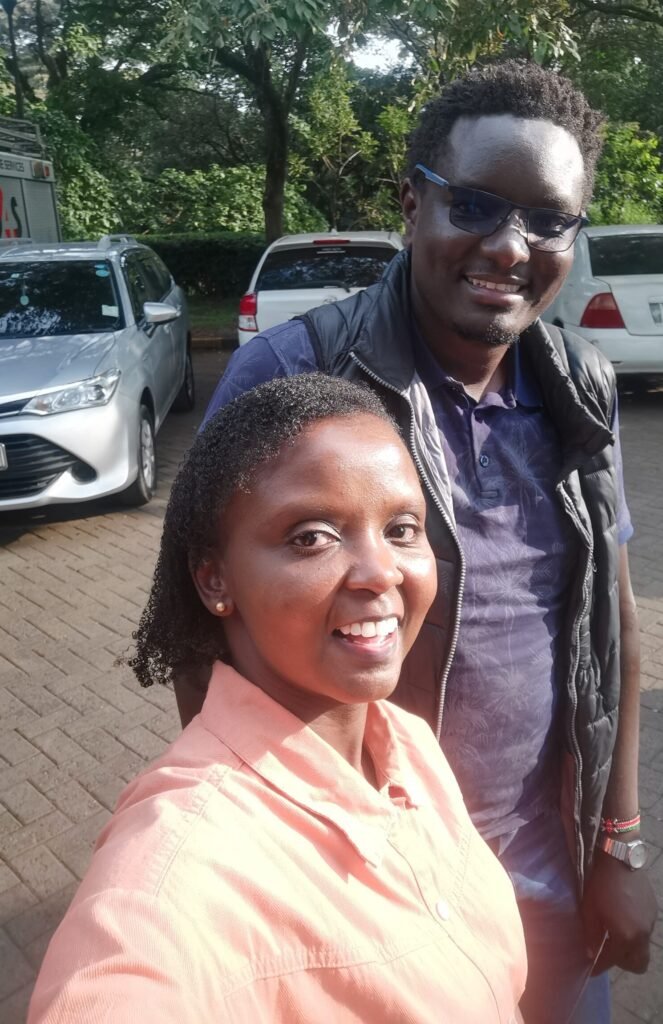
The symposium ended on a high and rightly so via energetic cultural performances that represented the Burundi, Luo, Kikuyu and more communities—an unforgettable cultural celebration. Oh, how we sang and danced our hearts out.
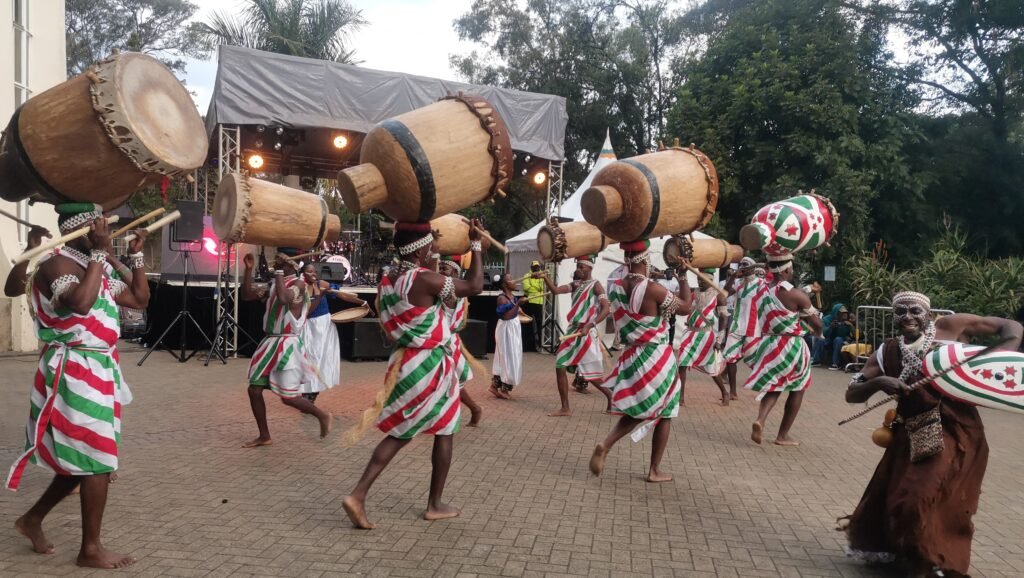
This symposium reminded me why I-Wangechi Gitahi and through Wangechi Gitahi Travels dual mission—story telling through digital content creation and providing authentic, immersive opportunities for cultural experiences through travel—is not only valuable, but essential for preserving and safeguarding culture and heritage. I left re-energized, more committed than ever to using our platforms to safeguard culture and heritage. Travel with us virtually and physically, as we bring more cultural stories and immersion opportunities your way—right here and on our socials. A heartfelt thank you to the incredible moderators, panelists, attendees, exhibitors, the Nairobi National Museum, and every single person who made this possible—with a special shout-out to British Council in Kenya and Twaweza Communications. That was epic.
